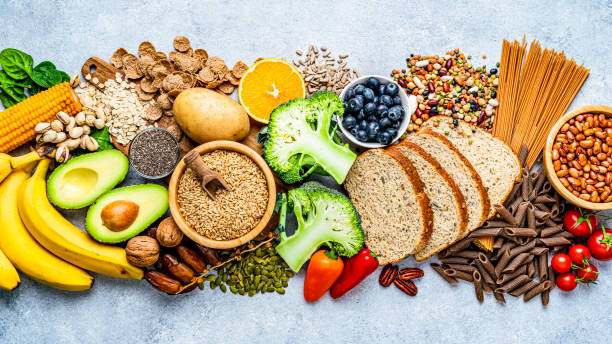Spice Up Your Weight Loss Journey: 8 Spices That Can Help You Shed Pounds
Indian cuisine is heavily reliant on spices. In addition to being used to improve flavor and texture, they have several medical advantages. Their antibiotic and medicinal properties are well established. Spices are rich in nutrients, which include calcium, iron, and aluminum. It is also recognized that spices help people lose weight. Let’s talk about a few widespread spices that aid in weight reduction now. Embarking on a weight loss journey often involves adopting healthier eating habits and incorporating nutrient-rich foods into your diet. While most people focus on the types of foods they eat, the spices used in cooking can also play a significant role in supporting weight loss. 8 Spices that can help you loose weight: 1. Turmeric: The bright yellow pepper turmeric is well-known for its antimicrobial and anti-inflammatory qualities. . The active compound in turmeric, cur cumin, has been shown to aid in weight loss by reducing inflammation, improving insulin sensitivity, and promoting fat metabolism. Incorporate turmeric into your cooking by adding it to curries, soups, stir-fries, and smoothies for an extra health boost. 2. Cinnamon: Cinnamon is a warm and aromatic spice that can help regulate blood sugar levels and curb cravings. Studies have found that cinnamon can improve insulin sensitivity, which may lead to better blood sugar control and reduced appetite. Sprinkle cinnamon on oatmeal, yogurt, fruit salads, or incorporate it into baked goods for a sweet and flavourful twist. 3. Cayenne Pepper: Cayenne pepper contains capsaicin, a compound that gives it its spicy heat and has been linked to increased metabolism and fat burning. Adding cayenne pepper to your meals can help boost calorie burning and reduce appetite. Sprinkle cayenne pepper on roasted vegetables, grilled meats, or add it to sauces and marinades for a fiery kick. 4. Ginger: Ginger is a pungent spice with powerful anti-inflammatory and digestive properties. It can help soothe an upset stomach, reduce bloating, and aid in digestion, which may indirectly support weight loss. Incorporate fresh or ground ginger into teas, stir-fries, salad dressings, and smoothies for added flavor and health benefits. 5. Black Pepper: Black pepper contains piperine, a compound that has been shown to enhance metabolism and improve nutrient absorption. Adding black pepper to your meals can help increase calorie burning and optimize nutrient uptake from food. Use freshly ground black pepper to season savory dishes, soups, salads, and marinades. 6. Mustard Seeds: Mustard seeds are tiny but mighty seeds packed with flavor and nutrition. They contain compounds called glucosinolates, which have been associated with improved metabolism and fat burning. Incorporate mustard seeds into salad dressings, marinades, sauces, and pickles for a tangy and spicy flavor boost. 7. Fenugreek: This is a herb with a slightly bitter taste that has been used for centuries in traditional medicine. It contains soluble fibre, which can help promote feelings of fullness and reduce appetite. Fenugreek may also help regulate blood sugar levels and improve insulin sensitivity. Add fenugreek seeds or ground fenugreek to curries, stews, lentil dishes, and bread recipes for a distinctive flavor and potential weight loss benefits. 8. Cardamom: Cardamom is a fragrant spice with a sweet and floral flavor profile. It contains compounds that may help increase metabolism and promote fat burning. Incorporate cardamom into desserts, teas, smoothies, and savoury dishes for a unique and aromatic twist. Here’s a delicious and nutritious meal idea incorporating healthy spices to support weight loss: Spiced Chickpea and Vegetable Stir-Fry with Turmeric Cauliflower Rice For the Spiced Chickpea and Vegetable Stir-Fry: For the Turmeric Cauliflower Rice: Instructions: 1. Prepare the Turmeric Cauliflower Rice: 2. Prepare the Spiced Chickpea and Vegetable Stir-Fry: 3. Assemble the Meal: This meal is not only delicious and satisfying but also rich in fibre, vitamins, and minerals from the vegetables and chickpeas.
Spice Up Your Weight Loss Journey: 8 Spices That Can Help You Shed Pounds Read More »











